Tortoises are among the most ancient companions humans can keep, with lifespans that often exceed our own. Unlike the instant gratification of bonding with more demonstrative pets like dogs or cats, developing a relationship with a tortoise requires patience, consistency, and a different set of expectations. These remarkable reptiles may seem aloof or uninterested at first glance, but they are capable of forming deep, lasting bonds with their caretakers. The journey of connecting with a tortoise happens on their timeline—measured in months and years rather than days and weeks—but the reward is a unique and profound relationship with a creature whose ancestors walked with dinosaurs. Whether you’re a new tortoise owner or looking to deepen your connection with your shelled companion, understanding how to meet these animals on their own terms opens the door to a rewarding relationship unlike any other in the pet world.
Understanding Tortoise Psychology
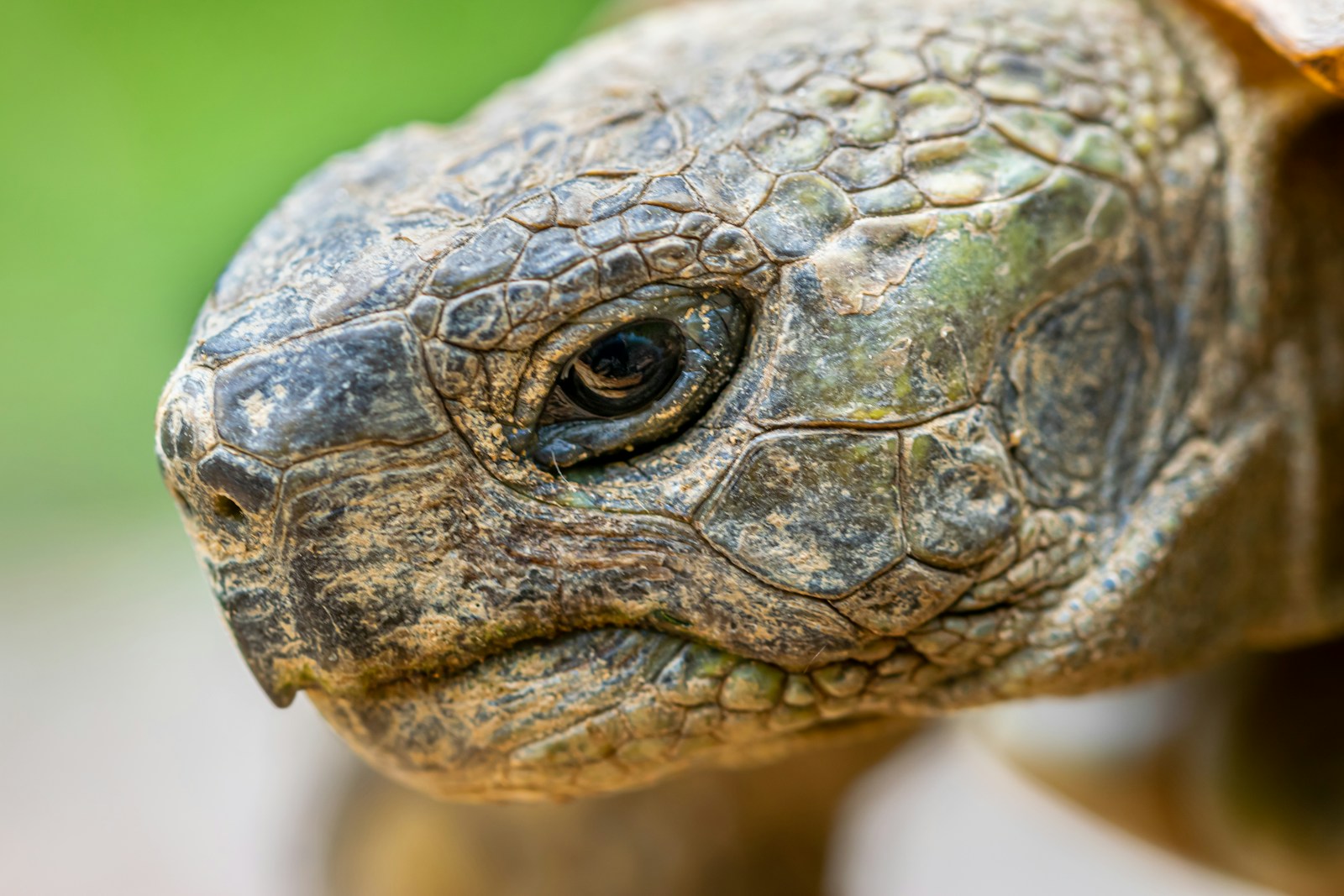
Tortoises perceive the world very differently than mammals do, which is the first key to forming a meaningful bond with them. Their primary concerns revolve around safety, food, warmth, and territory, with social interaction ranking much lower on their priority list compared to dogs or cats. They operate on instinct rather than emotion, but this doesn’t mean they can’t recognize and respond to their caretakers over time. Research suggests that tortoises do have surprising cognitive abilities, including the capacity to learn routines, recognize individuals, and associate specific people with positive experiences. Understanding that your tortoise’s brain is wired differently helps set appropriate expectations for the relationship and prevents the frustration that might come from comparing their behavior to more traditionally affectionate pets.
Creating a Foundation of Trust
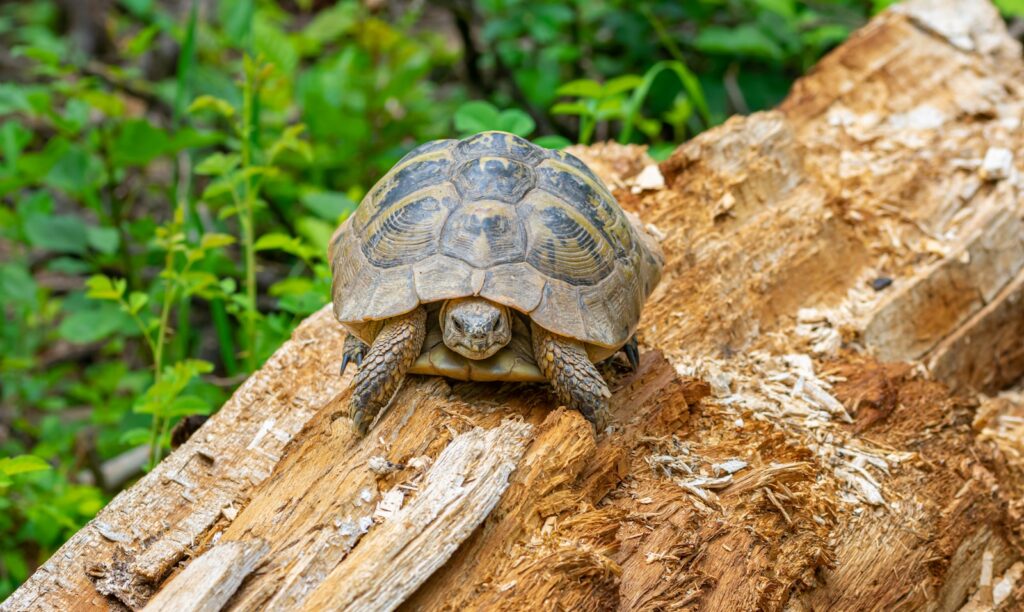
Trust forms the cornerstone of any relationship with a tortoise, and it must be earned through consistent, non-threatening interactions. When you first bring a tortoise home, resist the urge to handle them frequently, as this can be stressful for an animal that views being picked up as a predator attack in the wild. Instead, sit quietly near their enclosure, allowing them to observe you without feeling threatened. Speak softly around them so they become accustomed to your voice as a non-threatening presence in their environment. This passive approach might seem uneventful, but it’s laying crucial groundwork by teaching your tortoise that you aren’t a source of danger. Many tortoise owners report that after weeks of this approach, their previously shy tortoises begin to show curiosity rather than fear when they approach the habitat.
The Power of Food Association

One of the most effective ways to build a positive association with your tortoise is through food, as these creatures are highly food-motivated. Begin by hand-feeding favorite treats like hibiscus flowers, dandelion greens, or small pieces of strawberry, always being careful to keep your fingers away from their powerful beaks. Over time, your tortoise will begin to associate your presence with pleasant experiences rather than stress or fear. Many owners notice their tortoises becoming increasingly responsive, even approaching the side of the enclosure when they see their caretaker enter the room. This feeding ritual creates a positive feedback loop—your presence signals good things are coming, which reinforces their willingness to approach you. Be consistent with feeding times to help establish a routine that your tortoise can anticipate and enjoy.
Recognizing Tortoise Body Language
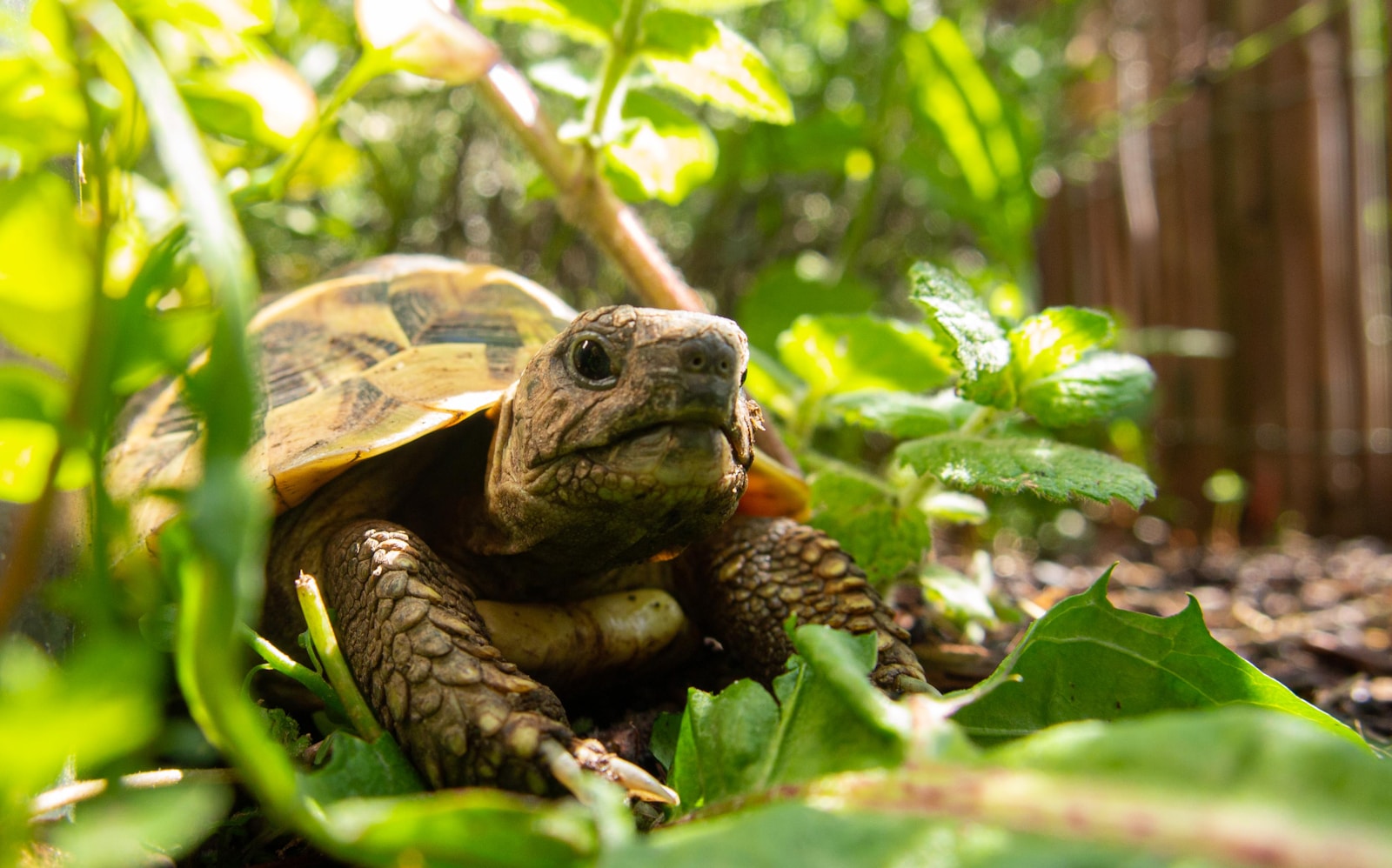
Tortoises may not wag tails or purr, but they do communicate their comfort levels through subtle body language that attentive owners can learn to read. A relaxed tortoise will fully extend their neck and legs, move without hesitation, and may even close their eyes while basking near you—a significant sign of trust. Conversely, signs of stress or fear include remaining tucked tightly in their shell, hissing, rapidly withdrawing when approached, or attempting to escape when handled. Learning to recognize these signals allows you to adjust your approach and respect your tortoise’s boundaries. Pay particular attention to how extended their neck is during interactions—a fully extended neck often indicates comfort, while a partially extended, tense neck suggests wariness. By responding appropriately to these cues, you demonstrate respect for their communication, which further builds trust.
Establishing a Consistent Routine
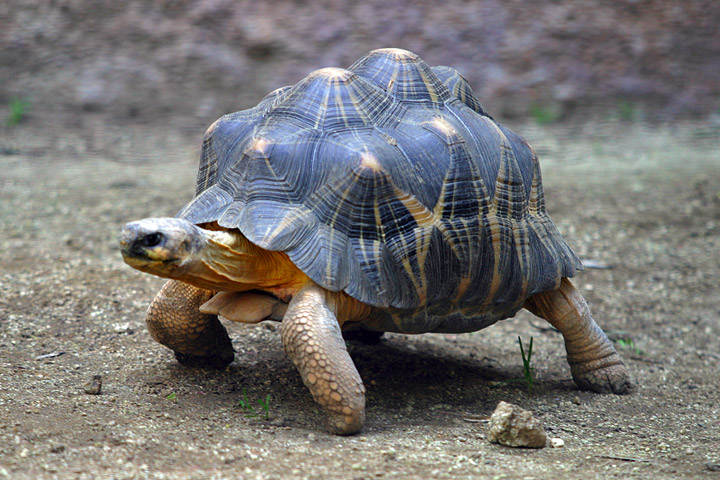
Tortoises thrive on predictability, finding security in knowing what to expect from their environment and caretakers. Establish a consistent daily routine for feeding, cleaning, and interaction times so your tortoise knows what to expect and when. Many species are most active in the morning and late afternoon, making these ideal times for positive interactions. When you must deviate from the routine, try to minimize disruptions to your tortoise’s environment and approach them with the same calm demeanor they’re accustomed to. This predictability reduces stress and helps your tortoise feel secure enough to engage with you more openly. Over months, you may notice your tortoise beginning to anticipate certain activities, like coming out of hiding when it’s their usual feeding time, which demonstrates their growing comfort with the patterns you’ve established.
The Art of Proper Handling
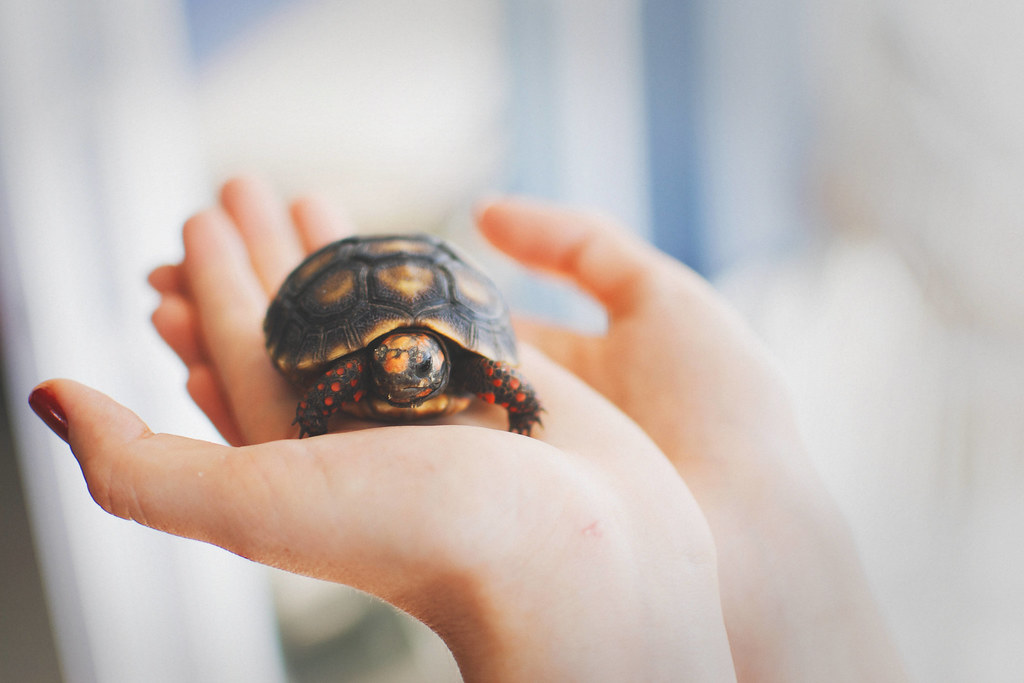
While minimizing handling is important initially, learning to properly pick up and hold your tortoise becomes necessary for health checks and habitat maintenance. Always approach from the side rather than from above (which mimics predator attacks), speak softly before touching them, and support their entire shell with both hands. Never flip a tortoise onto its back, as this is extremely stressful for them. Keep handling sessions brief at first, gradually extending them as your tortoise shows signs of remaining calm. The goal isn’t necessarily for your tortoise to enjoy being handled, but rather to accept it without significant stress. Some owners report that after years of proper handling, their tortoises will extend their legs rather than withdraw when picked up—a remarkable sign of trust from an animal whose primary defense is retreating into its shell.
Creating a Stimulating Environment
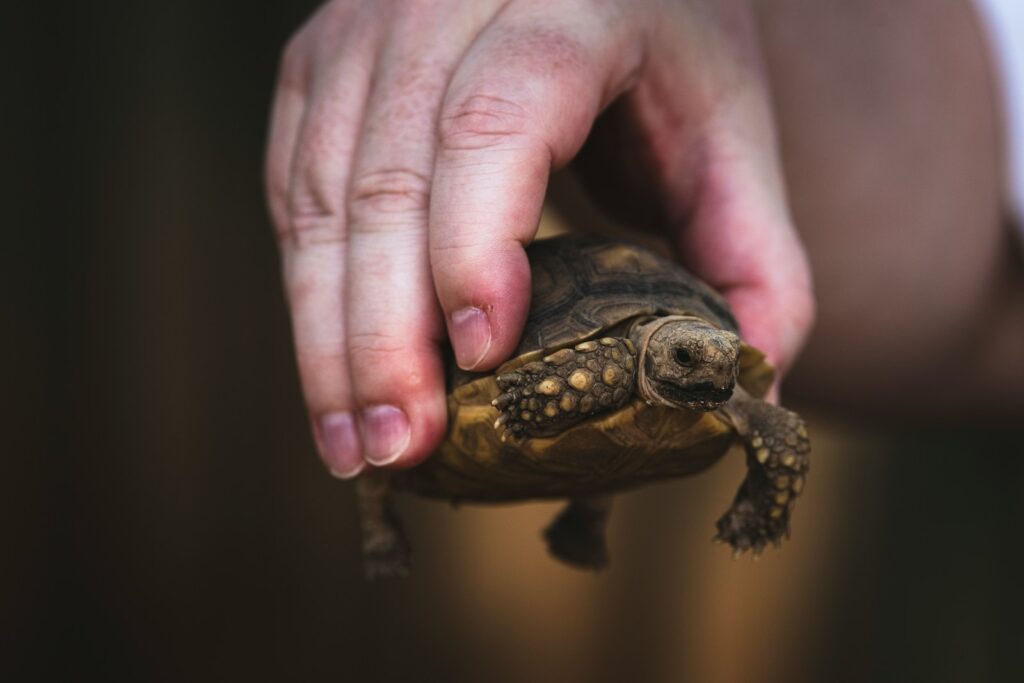
A tortoise that feels secure and stimulated in its environment is more likely to display natural behaviors and engage with its caretaker. Design their habitat with varied terrain including hills, hiding spots, basking areas, and different textures to walk on, which encourages exploration and natural behaviors. Occasionally rearranging elements or adding new safe plants can provide mental stimulation without causing undue stress. Many owners create supervised “exploration time” outside the main enclosure, allowing their tortoise to investigate new environments while they observe nearby. These enrichment activities satisfy your tortoise’s natural curiosity and provide opportunities for them to approach you voluntarily during their explorations. A tortoise that feels its environment meets its physical and psychological needs will be more receptive to building a relationship with the human who provides these positive experiences.
The Significance of Gentle Touch

While tortoises aren’t typically cuddle-seeking animals, many do respond positively to appropriate physical contact over time. Some enjoy gentle shell scratches or neck rubs, particularly as they grow more comfortable with their caretakers. Watch for signs that your tortoise is enjoying the interaction: extending their neck further, closing their eyes, or remaining still rather than walking away. Different tortoises have individual preferences—some may enjoy shell scratches near their back legs, while others prefer gentle touches to the top of their head. Always respect your tortoise’s reaction and stop immediately if they show signs of discomfort. This respectful approach to physical contact teaches your tortoise that interactions with you are always on their terms, building a foundation of trust that deepens over time.
Recognizing Individual Personality
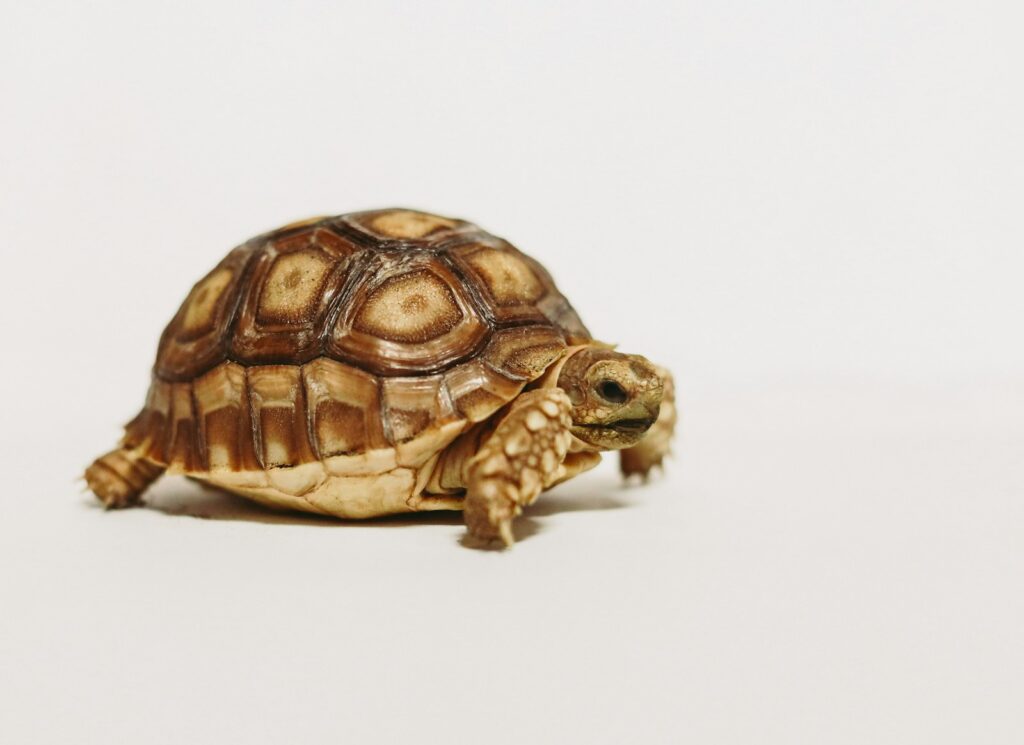
Despite common misconceptions, tortoises have distinct personalities that become more apparent as you get to know them. Some are naturally more curious and outgoing, approaching new objects or people with interest, while others remain cautious regardless of how long you’ve had them. Certain tortoises are food-motivated to an extreme degree, while others may be more selective eaters or show greater interest in exploration than feeding. These individual traits influence how your specific tortoise will bond with you and what activities they’ll respond to most positively. By observing and respecting your tortoise’s unique personality, you can tailor your approach to match their temperament rather than forcing interactions that don’t suit them. This personalized approach demonstrates respect for who they are as individuals, which is fundamental to building any meaningful relationship.
The Milestone Moments
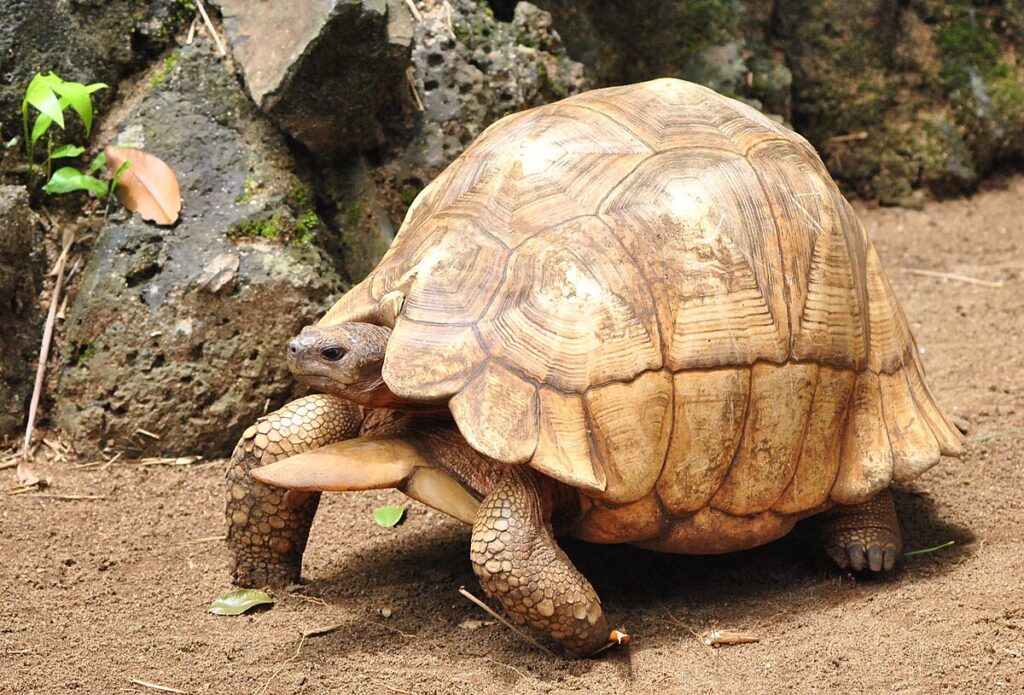
Bonding with a tortoise is marked by small but significant breakthrough moments that might seem minor to non-reptile owners but represent major developments in your relationship. The first time your tortoise approaches you voluntarily instead of retreating is a milestone worth celebrating. When they begin to recognize your voice or footsteps and emerge from hiding at your approach, it demonstrates they’ve begun to associate you with positive experiences rather than potential danger. Many owners report the profound moment when their tortoise first falls asleep near them—an extraordinary display of trust from a prey animal. These milestone moments often come months or even years apart, but they provide tangible evidence that your patience and consistency are paying off. Keep a journal of these special interactions to remind yourself of your progress during times when the relationship seems to plateau.
Managing Expectations and Timelines

Perhaps the most important aspect of successfully bonding with a tortoise is maintaining realistic expectations about what that relationship will look like. Unlike a dog that greets you enthusiastically after a brief absence, your tortoise may show their recognition and comfort with you through much subtler behaviors—like not hiding when you approach or walking toward you during enclosure cleaning. These modest demonstrations represent significant trust from an animal whose evolutionary success has depended on caution and self-preservation. The timeline for developing this relationship is measured in seasons and years rather than days or weeks, with some owners reporting that their tortoises didn’t display clear recognition behaviors until they’d been together for several years. This extended timeline matches the tortoise’s natural lifespan and slow metabolic rate—they quite literally experience time differently than we do.
The Joy of Multi-Decade Companionship

Unlike most pets whose lifespans are measured in years or at most a couple of decades, many tortoise species live 50-100+ years, offering a uniquely long-term relationship. This extended lifespan means the bond you build can literally last a lifetime, with your tortoise potentially accompanying you through multiple life stages and major transitions. Long-term tortoise owners often describe how meaningful it is to have a living connection to earlier chapters of their lives, with some tortoises being passed down through generations of a family. This perspective transforms the slow bonding process from a disadvantage into one of the most special aspects of tortoise companionship. The relationship you build today may continue to deepen and evolve over decades, creating a connection unlike any other in the pet world—one that rewards patience with extraordinary longevity.
When to Seek Expert Guidance
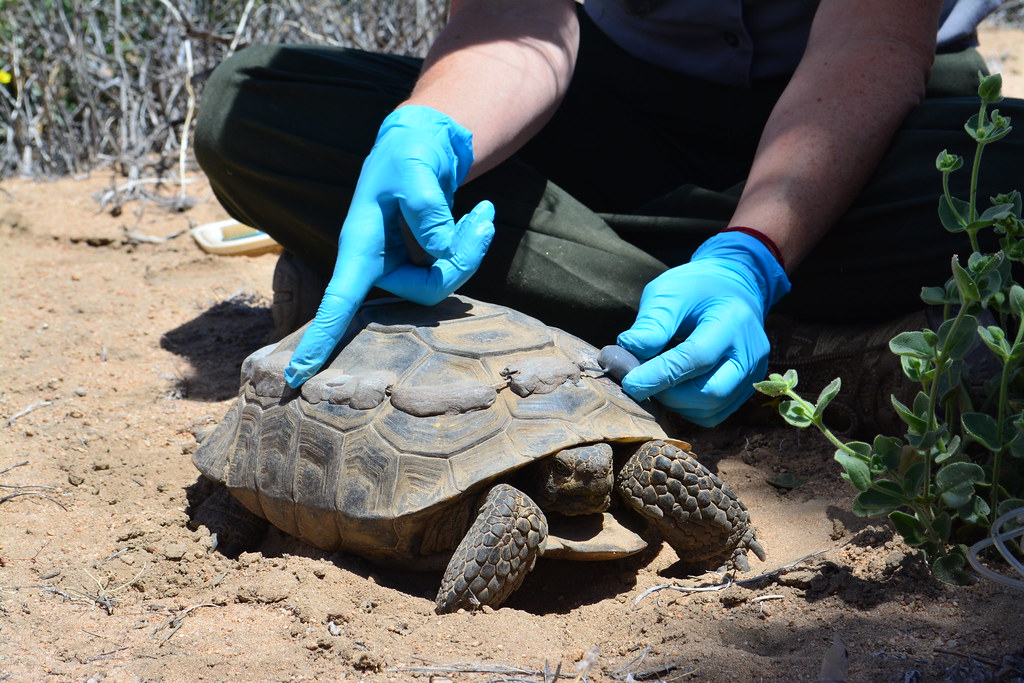
Sometimes despite your best efforts, a tortoise may remain exceptionally shy or display concerning behaviors that suggest stress rather than normal caution. In these cases, consulting with an experienced reptile veterinarian or herpetologist can provide valuable insights into whether there might be health issues or environmental factors affecting your tortoise’s behavior. These experts can evaluate your husbandry practices, habitat setup, and handling techniques to identify potential improvements. They may also help determine if your specific tortoise has had negative experiences with humans before coming into your care, which would require special approaches to overcome. Remember that seeking help isn’t a sign of failure but rather demonstrates your commitment to understanding and meeting your tortoise’s needs, which is the foundation of any successful human-animal bond.
Conclusion
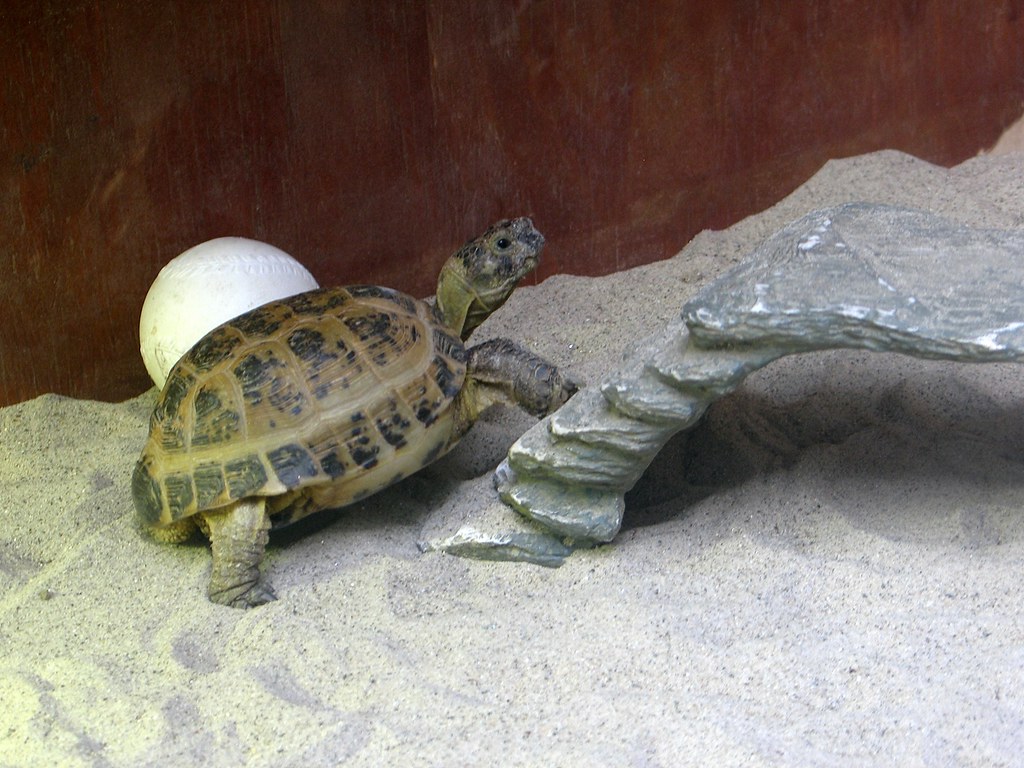
Building a relationship with a tortoise teaches us to value qualities that our fast-paced world often overlooks—patience, consistency, subtle observation, and respect for another being’s natural rhythms. The bond that forms may not look like relationships with more conventional pets, but many tortoise owners describe it as equally meaningful, if not more profound. There’s something remarkable about earning the trust of a creature that has survived for millions of years by being cautious, and about sharing your life with an animal whose perspective on time is so different from our own. By adjusting our expectations and learning to appreciate the subtle ways tortoises express comfort and recognition, we open ourselves to a unique relationship that unfolds gradually but can last a lifetime. In our rushed world of instant gratification, perhaps the tortoise has something important to teach us about the value of connections that develop slowly but endure.

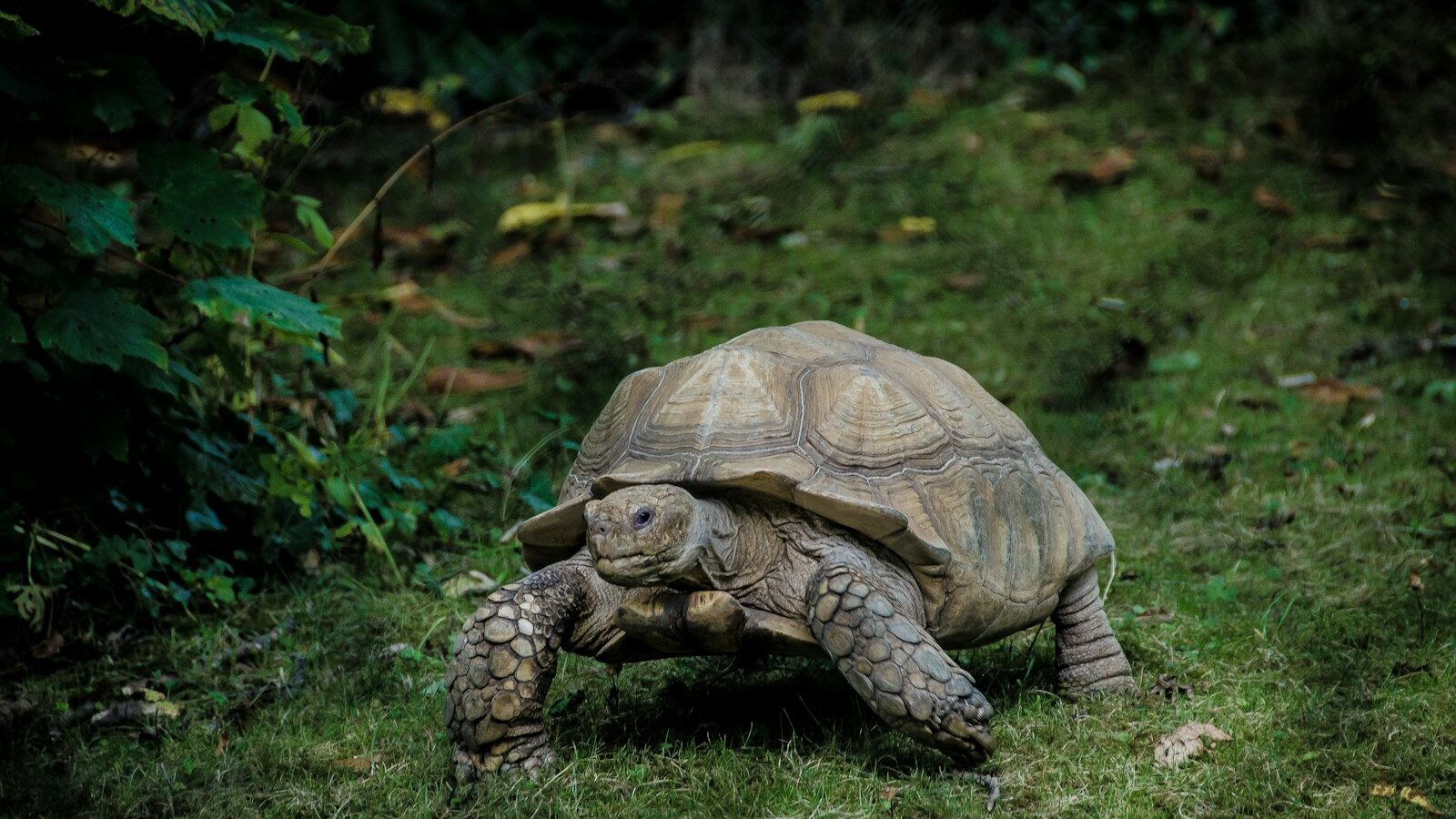
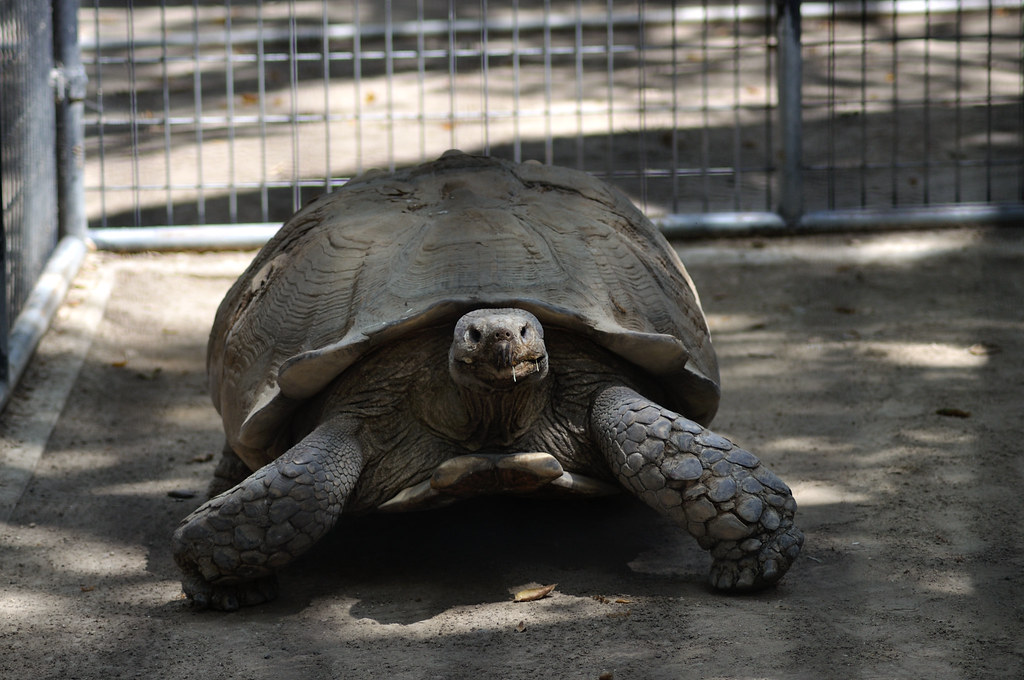
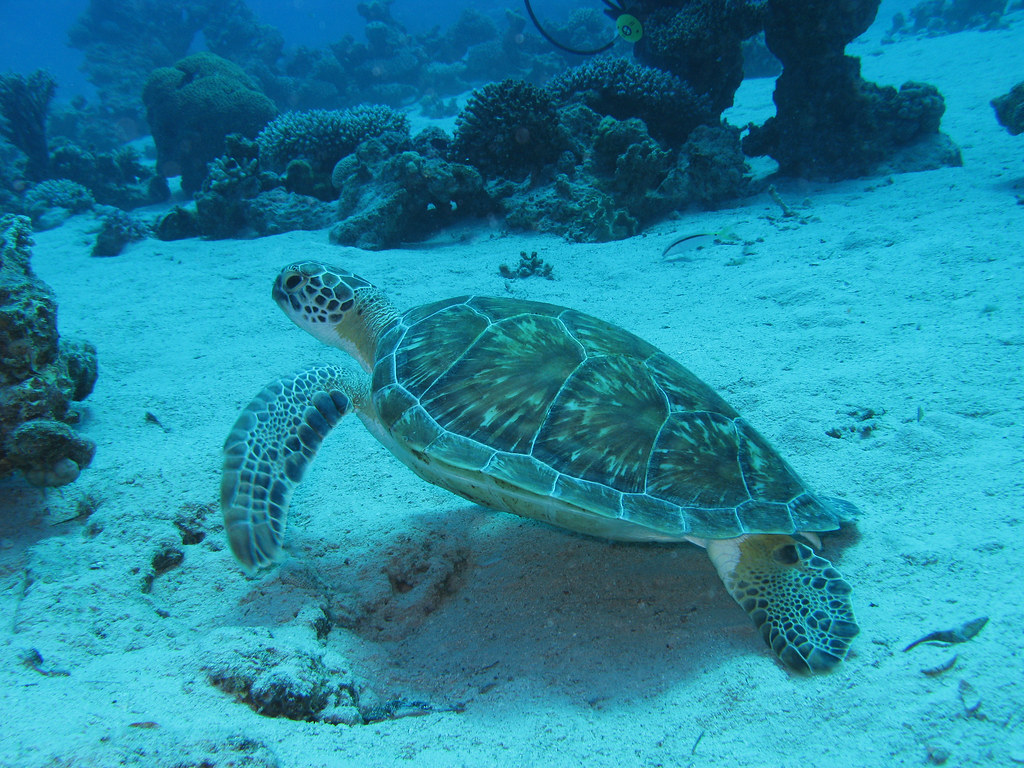
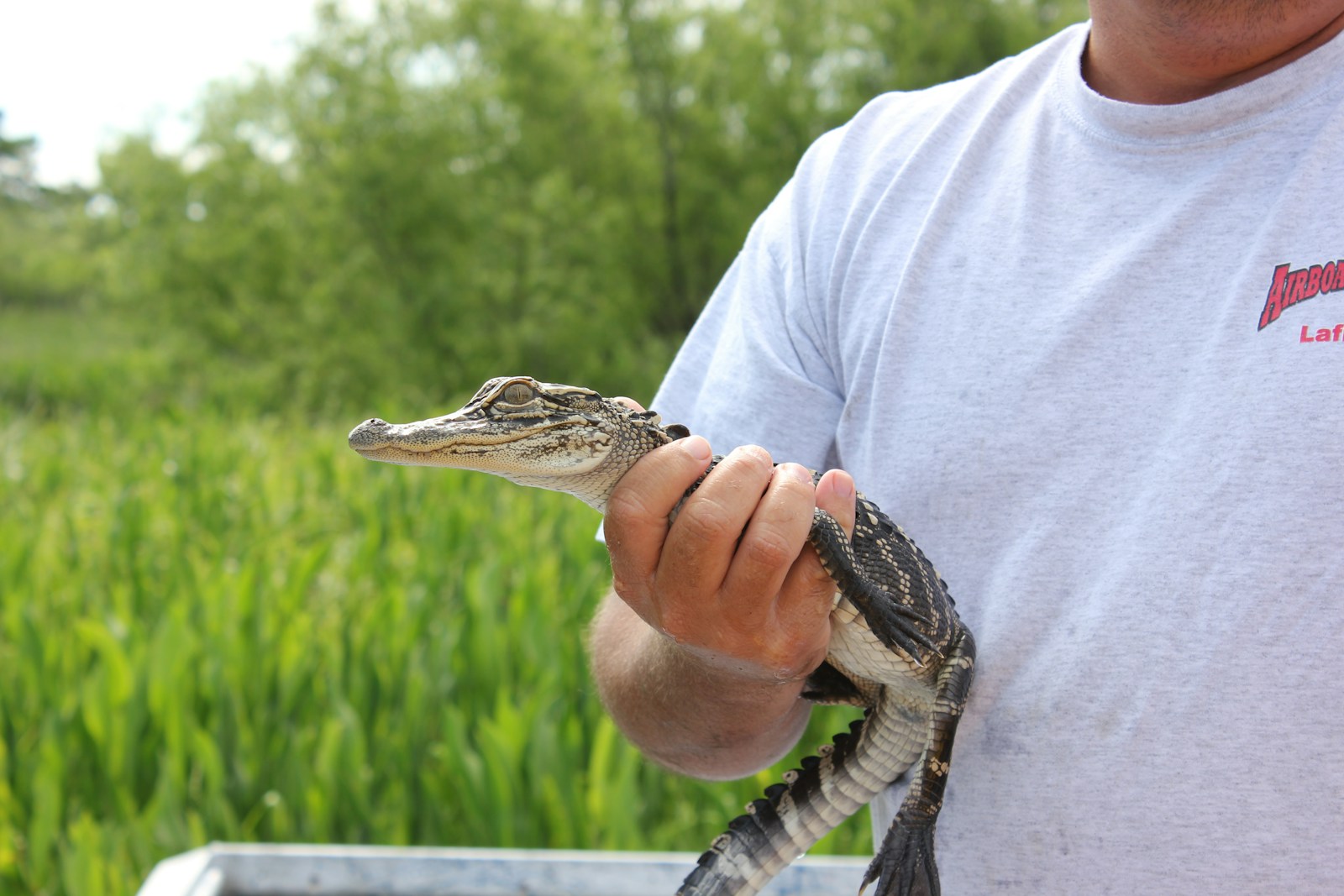

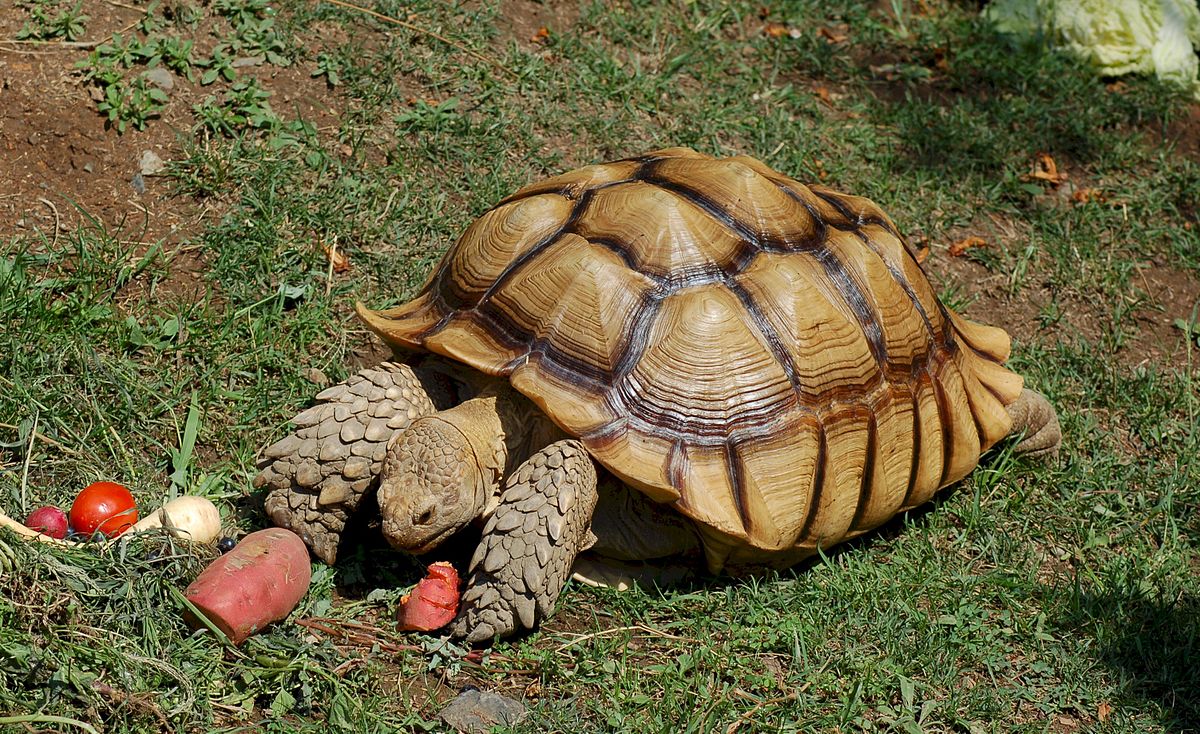
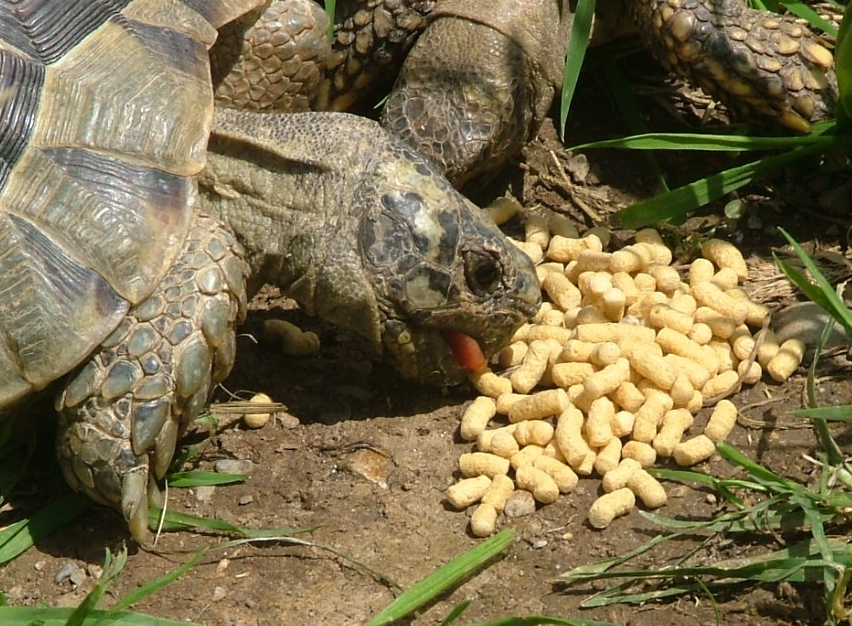


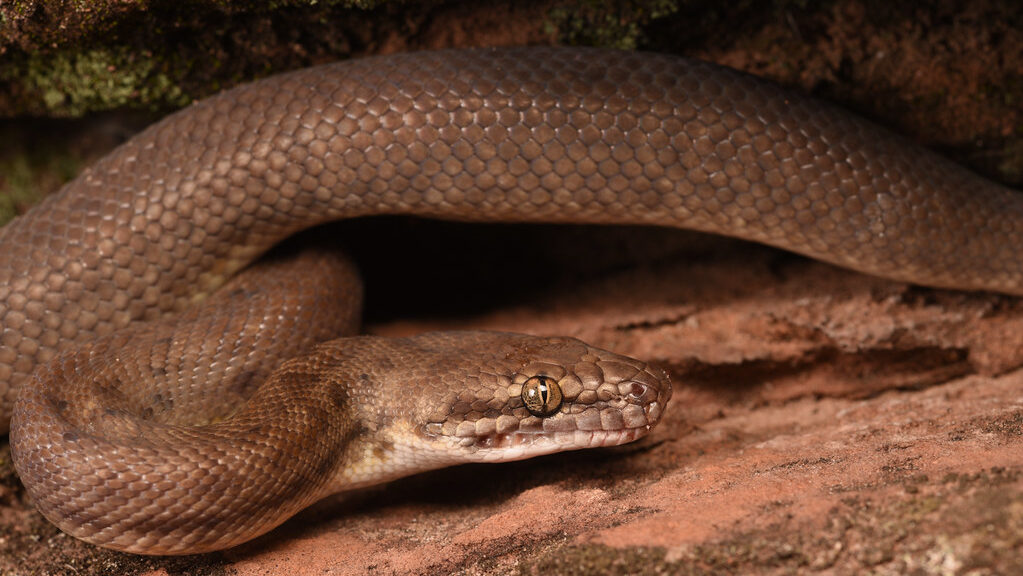
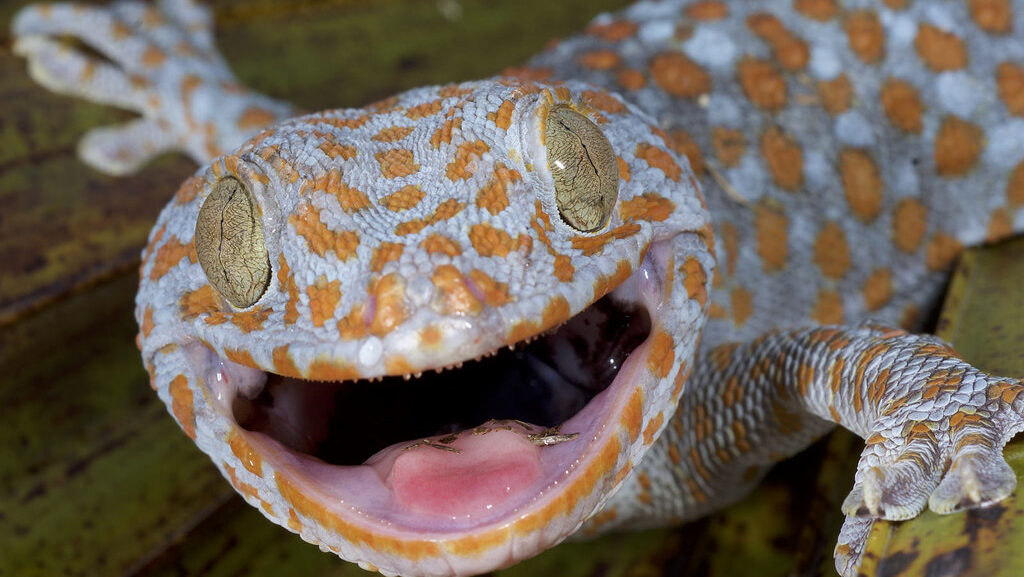
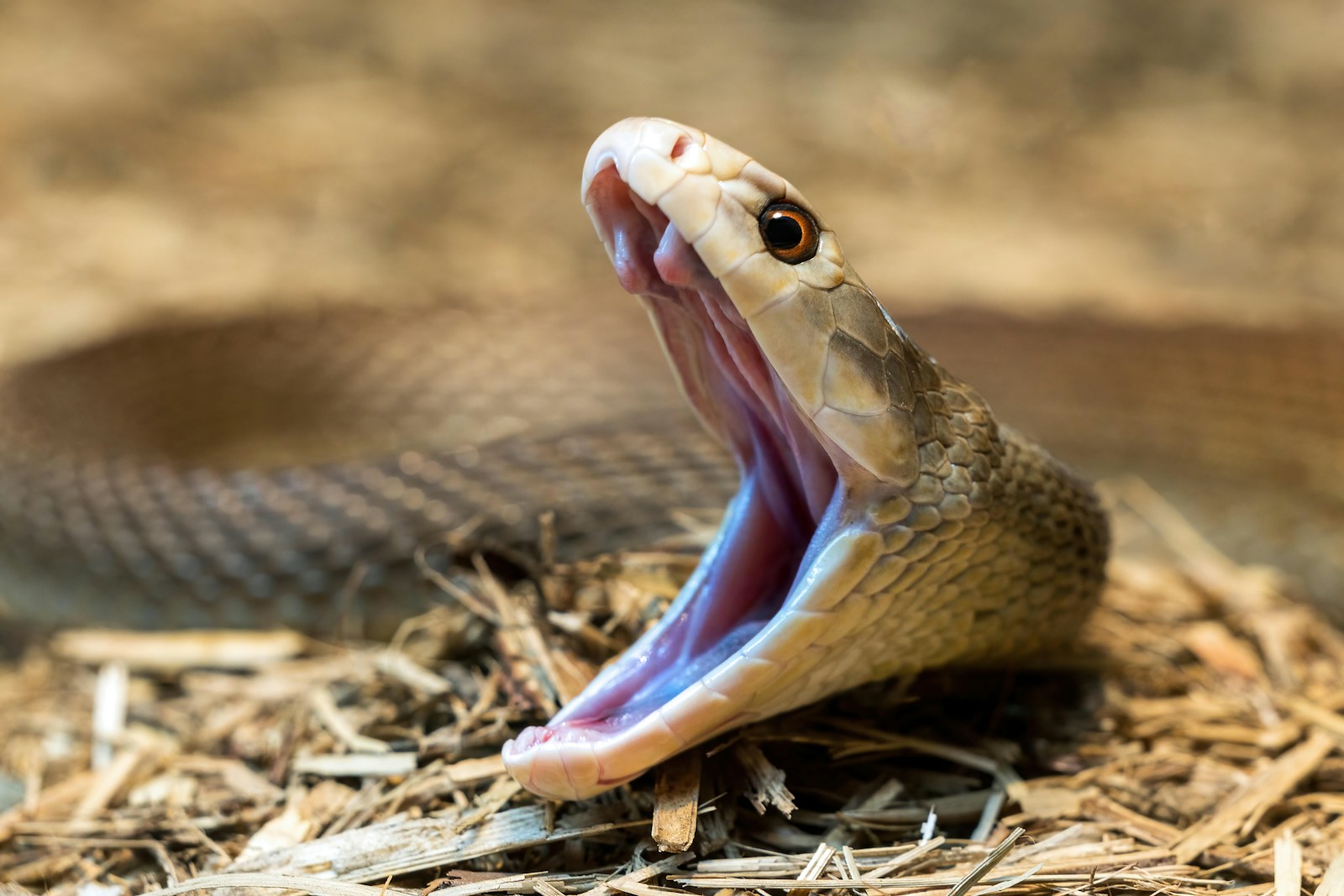
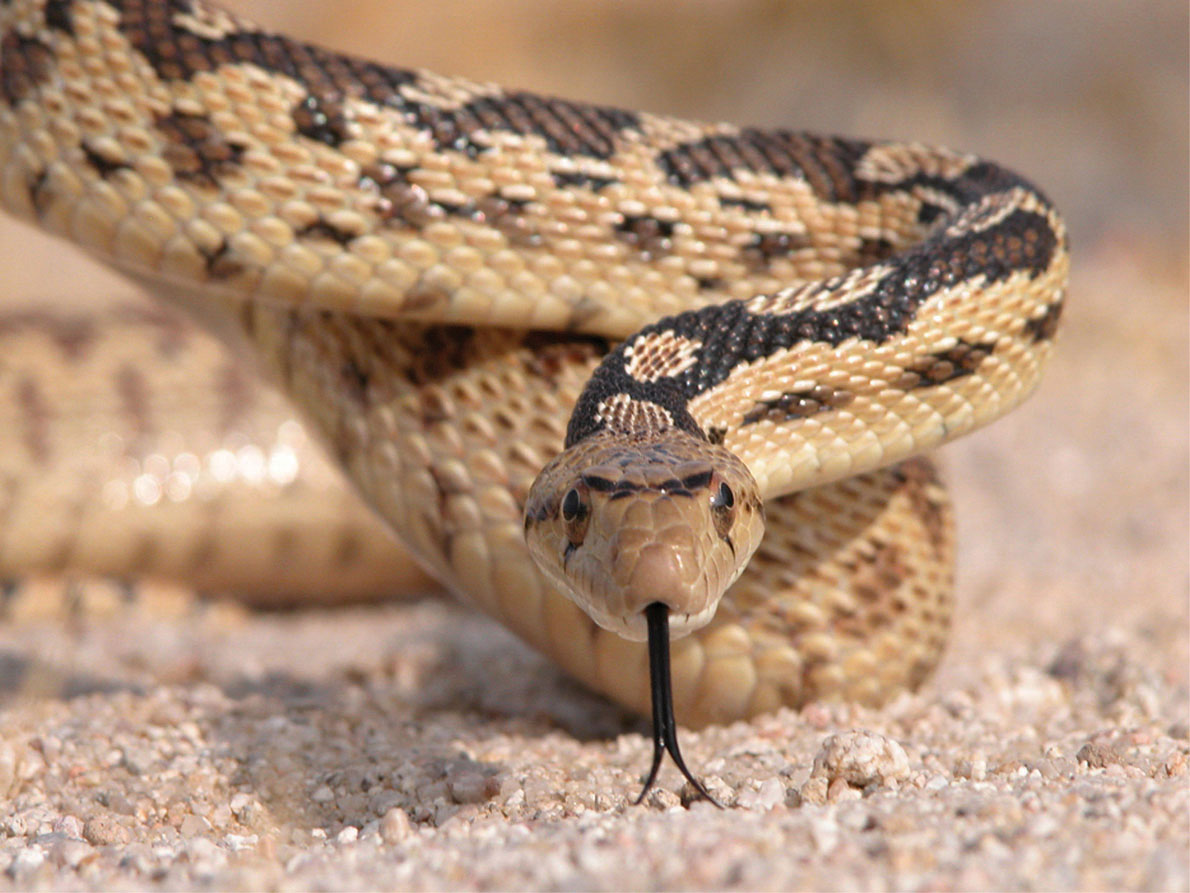
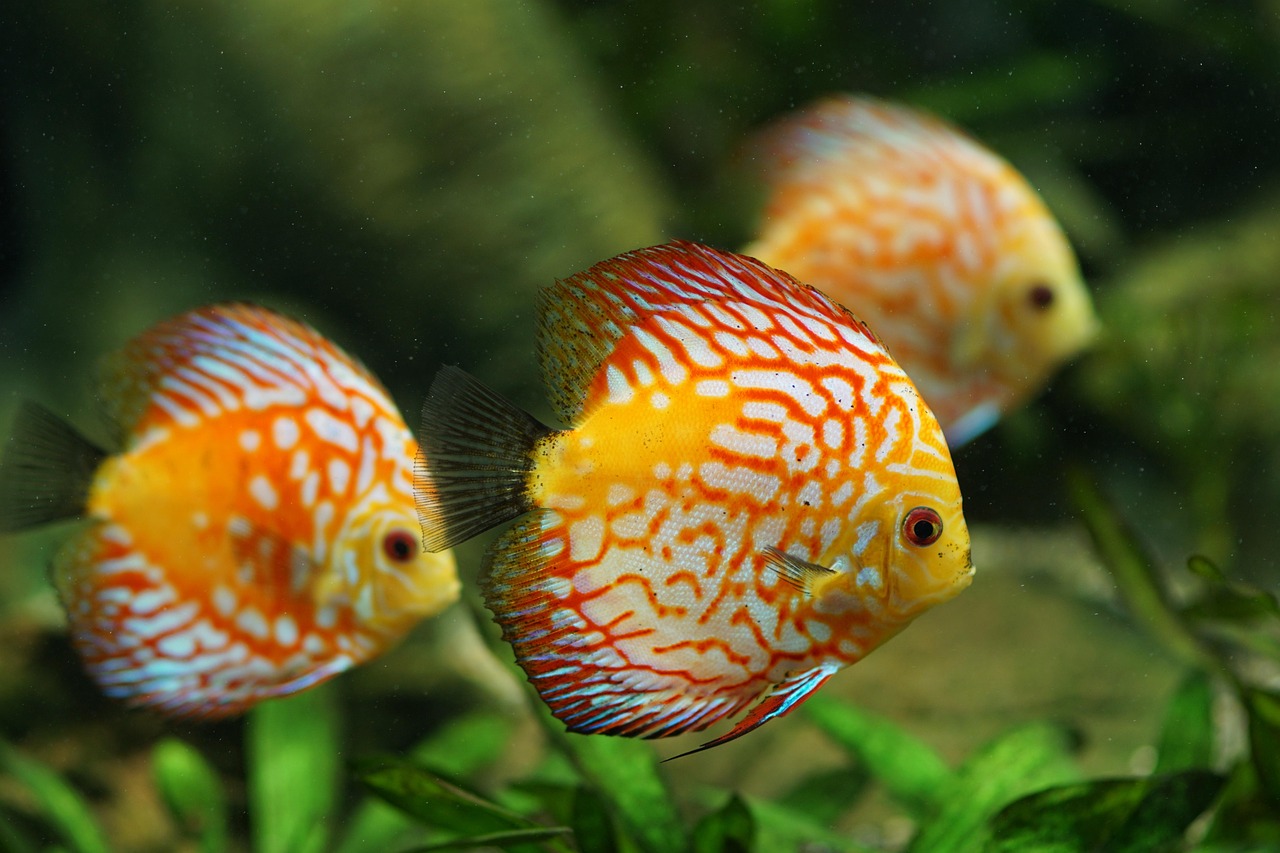
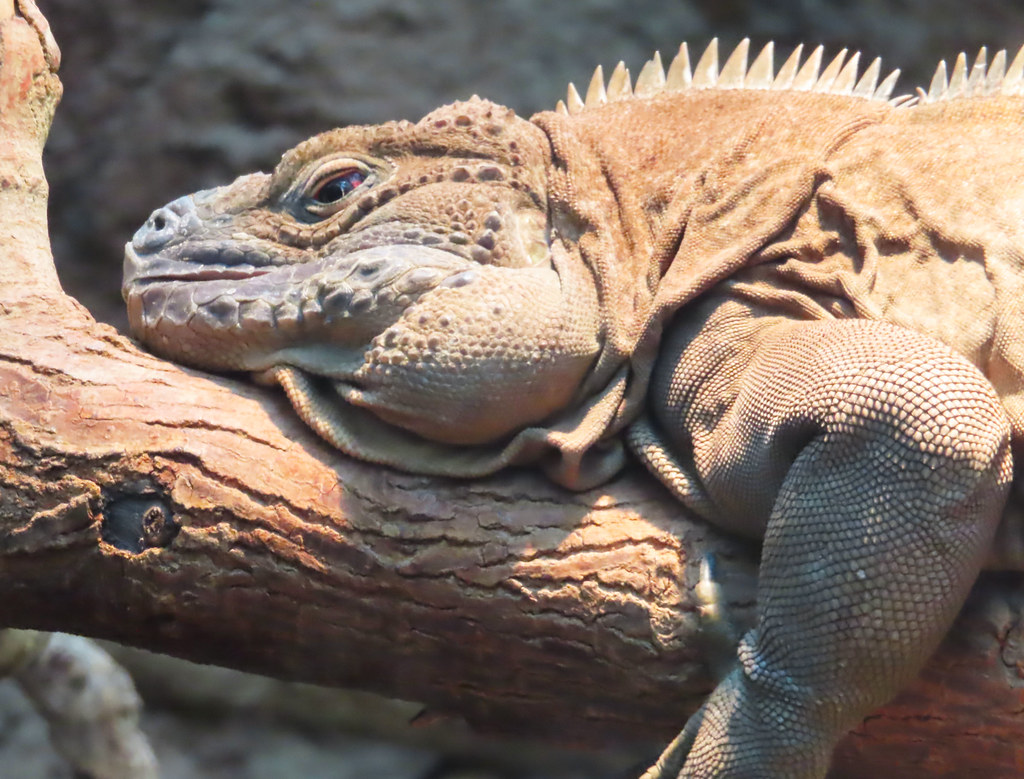
Leave a Reply